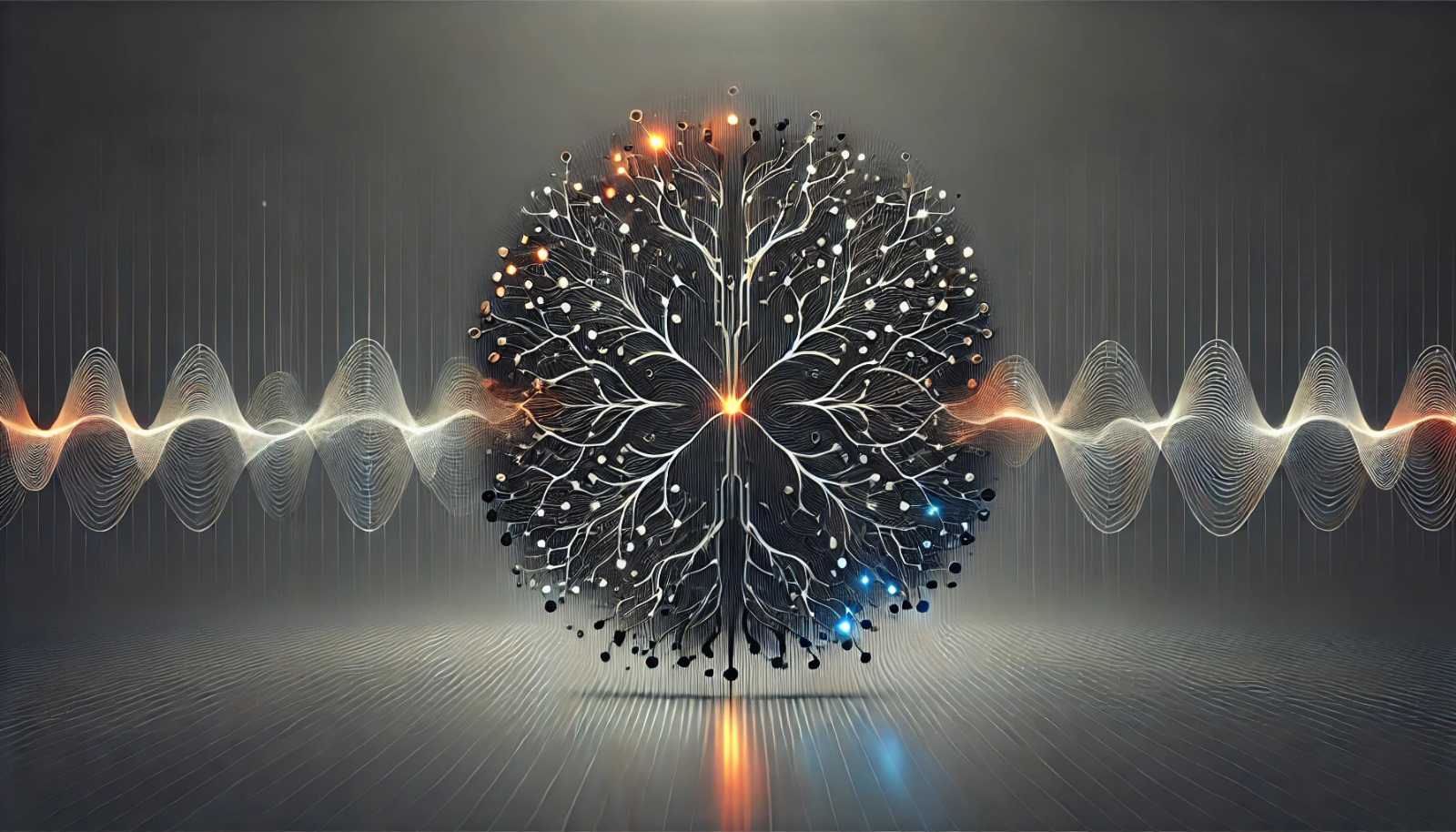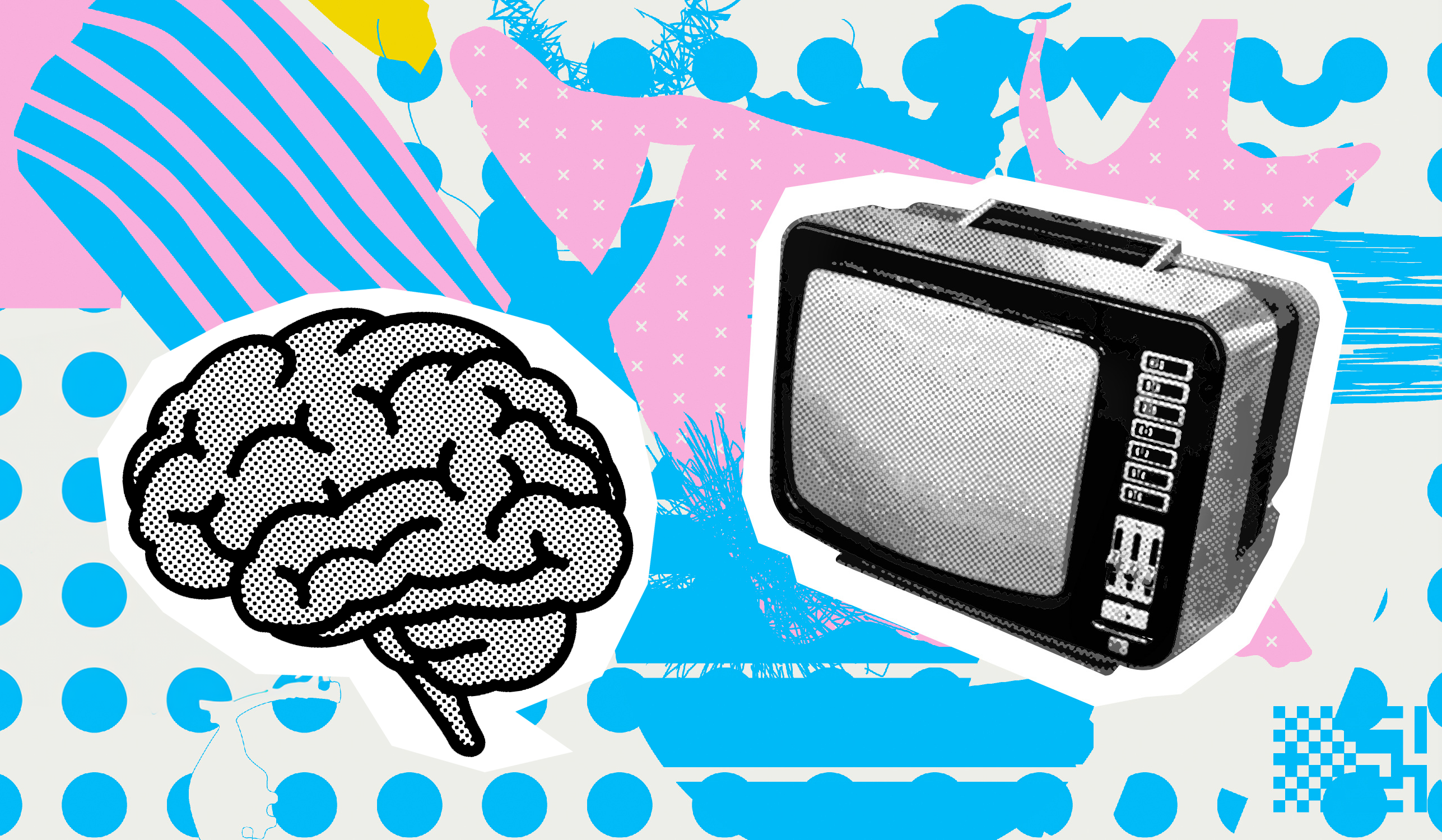The beginning of September comes with the conclusion of back-to-school shopping. For young kids, shopping season is a dream… shiny pens, notebooks with matching pencil cases, and a colorful new backpack to top it all off. But every parent knows that this shopping trip comes with a very big bill.
The foundation of any compelling creative is true human insight, and Amazon gets that. Amazon taps into inflation, the economic squeeze, and how all of this affects parents with the release of their new commercial entitled “Back To School: Spend Less on Your Kids”. It is all about buying school supplies at a lower cost with Amazon. Amazon is right, this message appeals to the spend-conscious nature of many families today, but was the ad effective for the brand?
At Neuro-Insight we looked to the consumer subconscious to see how effectively Amazon was able to execute against this true human insight with their back to school ad. Our patented technology, Steady State Topography (SST), allows us to measure second-by-second brain responses that breach the conscious and get to the root of human emotion and decision-making. Our technology allows us to understand exactly what consumers are encoding into long-term memory. Memory matters because what we subconsciously decide to store in memory today becomes the base for our decision-making in the future. As we explore what consumers are encoding into memory, we also look to the brain to tell us why a particular event or message is being stored – for this we leverage key diagnostic metrics including approach / withdraw, emotional intensity, and engagement.
The goal of our analysis was to explore how specific branding techniques and creative strategies affect the success of this ad. Branding moments are critical for ensuring the link between narrative and brand, so we looked to see if Amazon’s branding moments were encoded into long-term memory. Amazon places visual branding in the first second of the ad and at the very end. In both cases, detail memory encoding is low. Why did both branding moments fail?
Well, for the first branding moment, this answer is obvious. We do not recommend that companies place branding in the first second or two of an ad. Viewers are likely still processing whatever came before and do not yet have the mental resources available to connect with the first few seconds of the current ad. This is because of a concept that Neuro-Insight defined and validated called conceptual closure: a momentary drop in memory encoding that occurs when one ‘thing’ stops and another one starts.

However, for the end branding, the answer as to why it failed is more complicated and can only be understood by breaking down the cumulative effect of certain creative elements in between.
One creative element that impacts the success of this ad (and many others) is celebrity-brand pairing. Here, we see Kathryn Hahn, an American actress and comedian. She is featured in Parks and Recreation, can be seen in the new dark comedy The Shrink Next Door, and ironically stars as Carla in Bad Moms. Amazon intentionally tries to provide humor to the consumer, a brilliant approach to branding in 2022. A report provided by Oracle early in the year detailed how consumers are searching for happiness in new ways after two years of global uncertainty during the pandemic. The report draws insights from over 12,000 consumers and business leaders and finds that 91% percent of people prefer brands that are funny.
As Kathryn enters the screen, we see a spike in detail memory encoding caused by strong emotional intensity and an approach response. Positive valence or approach measures consumer “lean in” in response to ad content. Viewers are initially excited by Kathryn but feelings seem to neutralize afterward. If consumers want humor, what goes wrong?
Like in many other roles, Kathryn is pinned as funny, sarcastic, and a bit uncouth. It is possible this perception of her transcends mediums and affects the target audience — parents who are trying to take care of their kids during a sensitive time of economic unrest.

This acts as a perfect segue for creative element two: jokes. Sometimes, jokes hit. But when they miss, they miss hard. When Kathryn calls the final kid in the list “your little baby giant,” viewers withdraw (“lean-out”) from the creative. Directly after you see a huge drop in emotional intensity and by the time Kathryn nudges the little girl about gas prices, viewers are totally checked out (and possibly confused why a mom would be joking with small children about such things).
There are two moments, however, that evoke noteworthy positive responses. First, when you hear, “everything they need, for less of your money,” and second, “no price is too low.” Amazon successfully targets the needs of the everyday consumer and people respond with high memory encoding and even an approach response to “no price is too low.” Unfortunately, these two moments are not enough. Subconsciously, viewers have detached from the main character, responded poorly to the humor and sarcasm, and stopped encoding the creative into memory. So, by the end branding, Amazon’s logo is a wash.

We commend Amazon’s use of true human insight to connect with young families shopping for back to school; however, the magic of brilliant advertising is not only in the discovery of what consumers truly think, feel, want, and need but in the creative composition that allows marketers to effectively link their brand as the answer, savior and provider.
Citation:
Oracle. (2022, June 15). Global report: 45% of people have not felt true happiness for more than two years. Global Report: 45% of People Have Not Felt True Happiness for More Than Two Years. Retrieved September 2, 2022, from https://www.prnewswire.com/news-releases/global-report-45-of-people-have-not-felt-true-happiness-for-more-than-two-years-301568258.html











